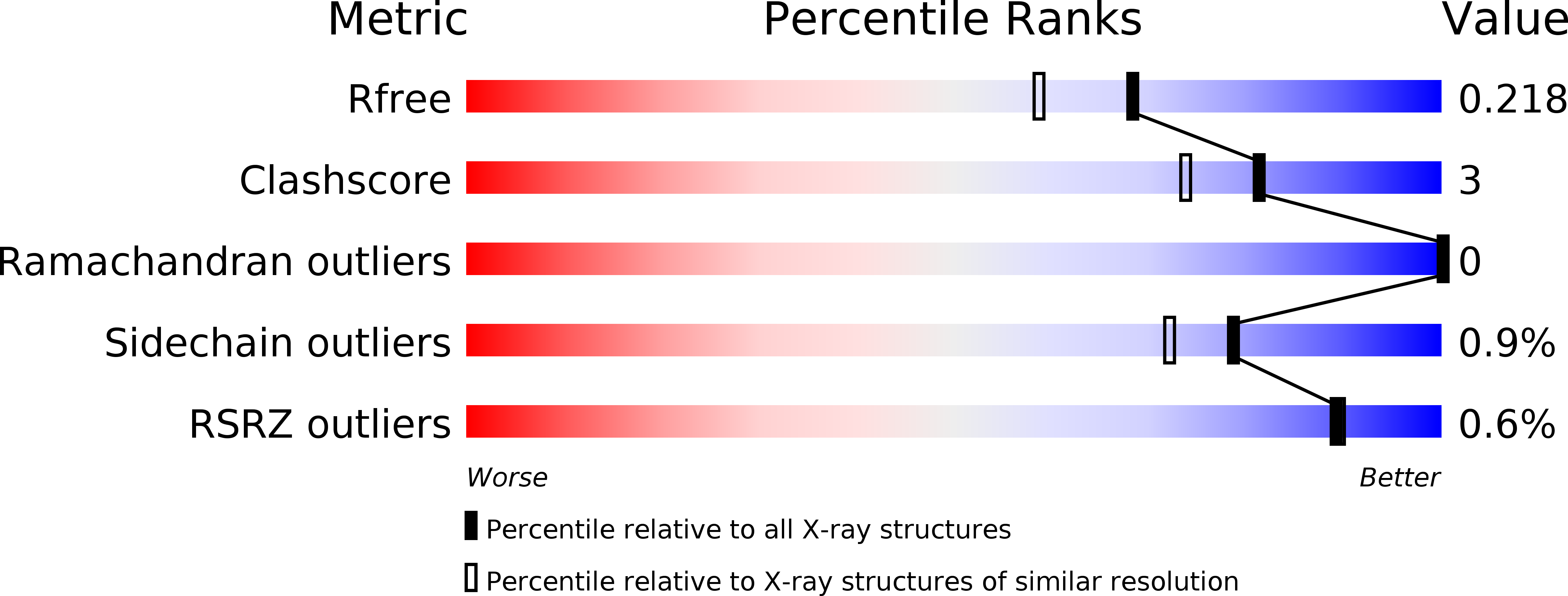
Deposition Date
2013-10-06
Release Date
2013-11-20
Last Version Date
2024-10-16
Entry Detail
PDB ID:
4N33
Keywords:
Title:
Structure of langerin CRD complexed with GlcNAc-beta1-3Gal-beta1-4Glc-beta-CH2CH2N3
Biological Source:
Source Organism:
Homo sapiens (Taxon ID: 9606)
Host Organism:
Method Details:
Experimental Method:
Resolution:
1.85 Å
R-Value Free:
0.21
R-Value Work:
0.17
R-Value Observed:
0.17
Space Group:
P 42


